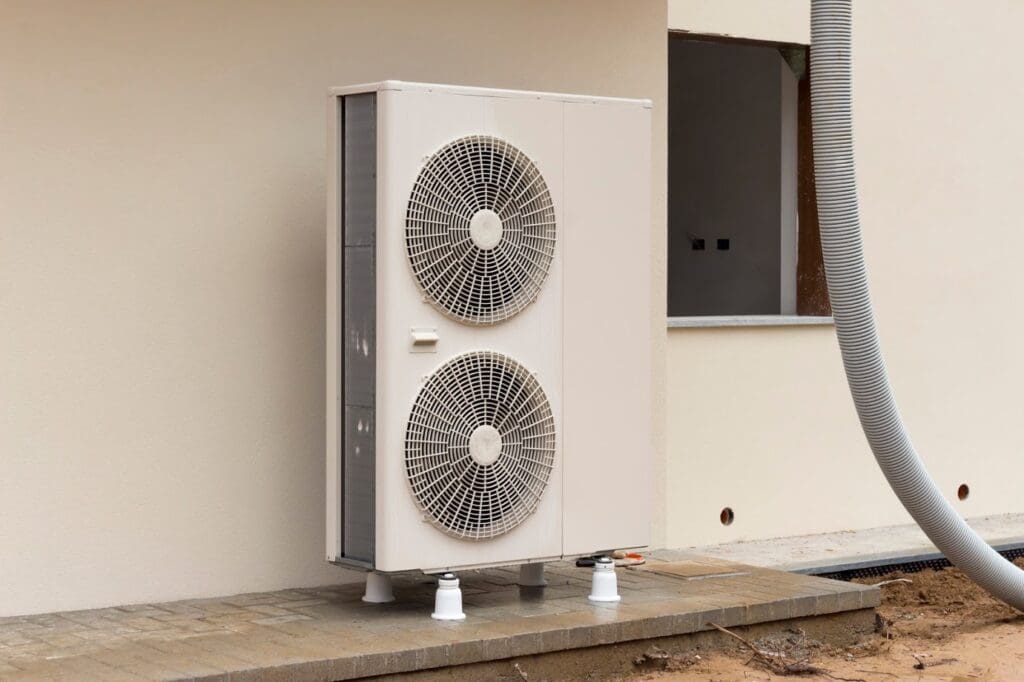Introducing Your New Heat Pump: A Quick Guide Of Modern Features

The U.S. Energy Information Administration states that about 48 percent of home energy is allocated for heating and cooling a home. Even though that percentage has dropped from 58 percent back in 1993, heating and cooling costs are still a number-one homeowner concern. Installing a new heat pump is an easy way to reduce energy and stay comfortable at home.
Heat pumps utilize thermal energy from the ground, air, or water outside your home to heat your home. Since these systems do not rely on artificially generated heat from a fuel source like electricity, they are highly efficient. The energy that heat pumps do use is primarily used to run the heat pump, which is far less than what would normally be used to generate heat.
The heat pump HVAC system has been around for a while, but the newest units have valuable features. Take a look at some of the modern features your new heat pump could have.
A Back-Up Burner for Colder Temperatures
One reason homeowners in colder climates may refrain from buying a heat pump is that heat pumps work best when the temperature is above freezing. In Ohio, with average lows in the 20s through some months of the winter, this limitation is especially concerning.
While a heat pump may be most effective at temperatures above freezing, the unit will still work when it is really cold. Most modern systems are outfitted with a back-up burner for those times when there is not enough heat in the atmosphere to keep you warm. The back-up burner is typically electric-powered, but these implements can be gas-powered as well.
A Desuperheater for Heating Water
Some heat pumps offer a desuperheater as an add-on hot water heater. A desuperheater captures wasted heat from the heat pump itself and then uses it to directly heat water, so that the energy doesn’t go to waste. The unit can actually heat water up to three times faster than your ordinary water heater powered by electricity.
Water heating is another major energy-consumer in the typical household. A standard 50-gallon water heater can cost as much as $781 per year to operate. Opting for a heat pump with an integrated desuperheater could yield you an attractive level of energy savings on a monthly basis.
A Dual-Speed Blower Motor for Comfort
Most heat pump systems have two fans that power the unit: one indoors and one outdoors. Modern pumps may be equipped with fans that have variable or dual-speed motors. When a fan motor has the capability of changing speeds, it gives you increased options for in-home comfort. With dual-speed fan motors on your heat pump, you will be able to:
- Change the airflow for a more comfortable output from your vents when you don’t want a direct airflow
- Eliminate cool drafts quicker with a more powerful burst of blown heat on cold days
- Lower the fan speeds to save money when high velocity is not a necessity for heating or cooling
One other perk of having a variable-speed fan on your heat pump is the ability to minimize the noise that can be generated by the fans when you need things to be quieter without turning the system off.
Overall, the modern-day heat pump is probably one of the most diverse and efficient HVAC units, completely capable of keeping your home comfortable whatever the temperature outside. If you would like to familiarize yourself with some of the latest features that a new heat pump for your home may have, reach out to the professionals at Comfort Medics. We’re happy to answer any of your questions.

